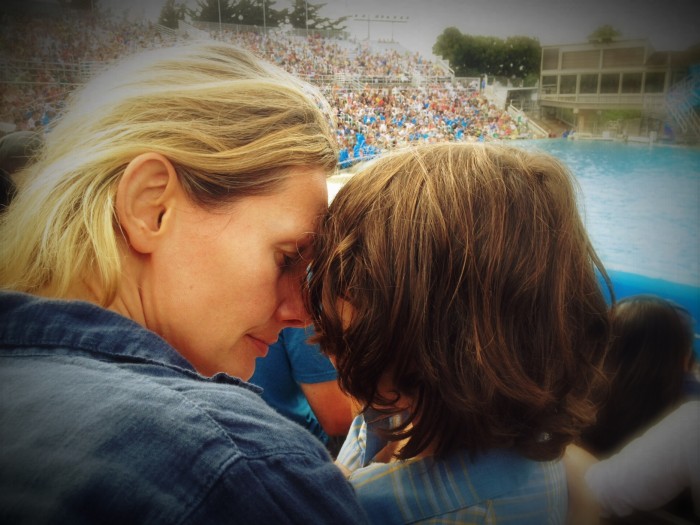Once, at a workshop I was leading, a sweet, slightly shy young woman came up to me. She reached for my hand and introduced herself as the daughter of a mother I had known for years. She began to cry right then and there. She said, “I want to thank you so very much for what you did for my Mom about ten years ago. Mom had called you because she didn’t know what to do with me. Do you remember?”
I did remember. Her mom was a single working mom with three children. She lived a hardscrabble life, and was a woman with deep integrity. I had always liked her. She really worked to connect with her children. Their lives weren’t easy. This mom had called me long distance, a real expense for her in those days, to ask me what to do with her daughter to stop the hitting. Her daughter, the young woman now holding my hand with tears in her eyes, was in her pre-teens then, and the rage she was feeling toward her sister was coming out in frequent physical attack—in hitting. In hurting. The mom didn’t understand where the upset was coming from, but it was severely eroding their peace as a family. I had told the mom, “Get in there. You have to get in between your daughters, as your older daughter heads for the younger one. You can’t just stand there and say, “Don’t hurt her.” You have to physically get between them, so your older daughter can’t hurt her sister. Physical attack is a very clear signal that your help is needed. So study your child and her signals. Trust your instincts when you feel like an upset is brewing. Move close.
If you’re right, you’re positioned so that you can be the barrier between your angry daughter and her sister. She doesn’t want to hurt her sister. Some big feeling is driving her wild. When it comes over her, it’s up to you to block her, and provide just the amount of resistance needed so that her aggression can’t harm her sister, or you. Do this with compassion, if you can, and listen so her feelings can pour out. She’s a good girl, and she needs you to stop her.” The young woman said, “My mom called you when I was going through something awful. You told my mom to stop me from hurting my sister. And she did. Thank you so much. I didn’t want to hurt my sister. It was a terrible time for me. My mom stopped me. She kept me from doing more damage. I am so grateful that you helped her, so she could help me.” And she cried with me about how hard that time had been, and what a relief it was to have been stopped.
Children don’t want to hit. Children don’t want to hurt. When they do, it’s because their minds have been overcome with upset. What helps is for their parents, or any nearby adult, to move in and stop them, not with words, which they can’t process while their minds are hot with feelings, but with a physical barrier to aggression.
Then, listen to how they feel. A child who feels like hurting someone will cry hard after you’ve stopped him from doing damage. If you keep him from hurting anyone, firmly but without anger, he’ll be able to show you the fear that lies beneath his full-on charge. His awful feeling will drain in the tears and the sweating and struggling that all go together with getting free of a big, long-held fear.
In the video below, Patty Wipfler talks about children's feelings of aggression.
You may never be thanked, in words, for your dash into the fray to help both an aggressive child and his intended victim. It’s not what children often do. But what you will see is the smoother sailing that comes with helping a child unload his or her fears, when you make it safe to do so without harm.
 Are you looking for some more ideas on how to end aggressive behavior?
Are you looking for some more ideas on how to end aggressive behavior?
Get your free video tips now.


